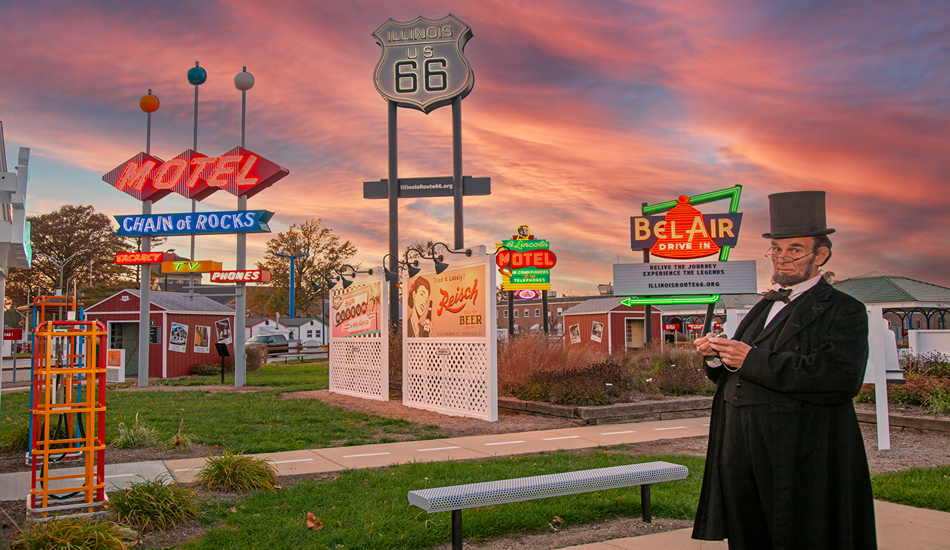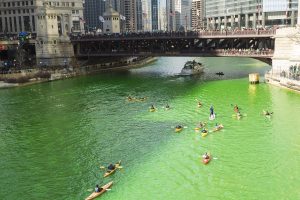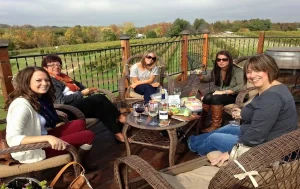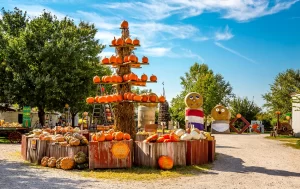Illinois Group Tour Planner
2024 EditionIllinois is like no other state, and when you visit, you’re sure to find that we are a destination filled with a wide range of offerings.
Illinois Group Tour Planner
2024 EditionIllinois is like no other state, and when you visit, you’re sure to find that we are a destination filled with a wide range of offerings.
Download the Edition Free

In this Edition
On behalf of the Illinois Office of Tourism, I look forward to welcoming you and your group to the Land of Lincoln! Whether you’re a repeat visitor or it’s your first time in Illinois, there’s always something new to discover.
As the Deputy Director of Tourism, I’m reminded daily that our state truly is the Middle of Everything. There’s something for everyone and so many incredible attractions for you and your group to experience. We have 64 State Parks, 7 Scenic Byways, 6 State Forests, three UNESCO World Heritage Sites and one National Forest all waiting to be explored. And that’s just the beginning!
Illinois rolled out the red carpet for more than 111 million visitors in 2022, with expenditures reaching $44 billion—an increase of $12 billion from 2021. A key industry for our great state, travelers generated a total economic impact of $78 billion in 2022 and supported 270,600 jobs. In the motorcoach industry, Illinois welcomes more than 4 million group tour visitors who generate over $3 billion in total economic impact each year.
We’re proud to showcase our many and varied offerings from all regions of the state. Chicago is a world-class city with award-winning restaurants, hotels, architecture, museums, and shopping, but the adventures don’t stop there. Illinois is also home to quaint small towns and unique communities, endless great outdoor experiences and scenic beauty, rich presidential history, classic Americana along historic Route 66, more than a hundred wineries and so much more.
Articles

A Big Anniversary Appears in the Headlights for Route 66
With eyes cast toward 2026, communities across Illinois are gearing up to celebrate the centennial of America’s most famous highway.

These Illinois Makers are Reasons to Shop Local
Discover Illinois through its makers and shining success stories as they continue to inspire the Land of Lincoln and far beyond.

Beyond the Bean: Unexpected Surprises in Chicago and Beyond
Unleash your inner explorer in the Chicagoland area

Excellent Aquatic Adventures in Great Rivers Country
Hit the rapids & hike the bluffs in this picturesque part of Illinois

The Best Small Group Adventures in Southern Illinois
These Trails to Adventure are full of great small group activities

Outstanding Agricultural Attractions in the Land of Lincoln
From pumpkin patches to petting zoos, there’s something for everyone in the agricultural heartland of Illinois

Wonderful Attractions in Chicago and Beyond
Plenty of alluring activities await your group

